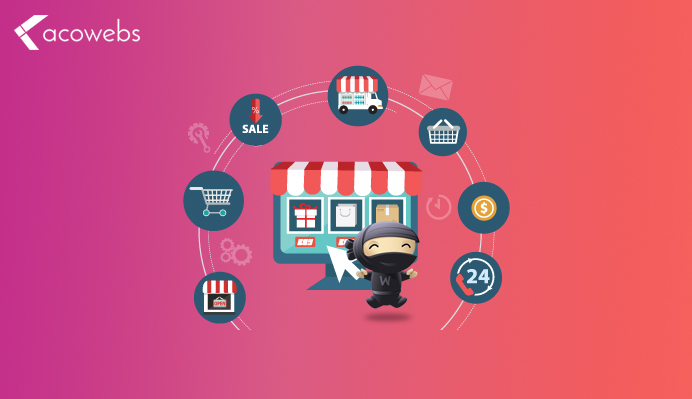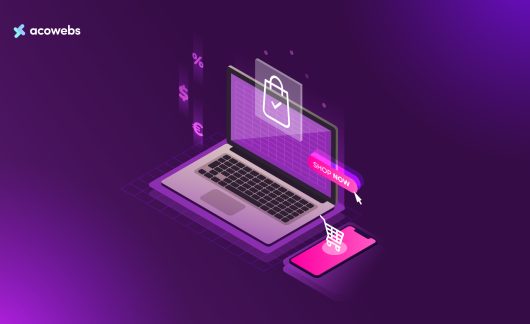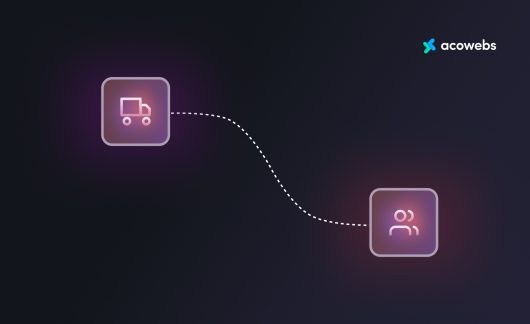A WooCommerce site is easy to setup and install. But over time, you have to invest in a lot of effort to make sure that it offers a seamless and enriching user experience. You would have to dedicate more time to managing the site. Also, tasks, such as front-end management, which is directly dependent on features, such as speed, skills and other functionalities also matter. It might not be possible for all hosts to be sound to deliver all these.
If you ponder over your shopping experience, the whole picture would become clear to you. Think of all the times when you went for shopping over a site and tried to pull some items into the cart. But you had to wait for a long time till you were finally able to drop the items into your cart. So some of the decisions taken at the back end matter. Because these have a direct impact on the front-end as well.
What Can You Do to Make Up for This?
Start sending customer fulfilment emails. This is one of the best practices you can follow. But when do you send it? Immediately or later? Anything works. It would be great if you could send the mail right after the purchase has been made. This would help the customer to track the details of their order. Even a simple ‘Thank You’ note would suffice. It would lead to the customer opening emails and then finally clicking to reach the site.
It might not be a good approach on persuading to get quick uploads for email lists. Welcome emails might take ages even after your user has signed up.
How efficient are your auto-update options? Just do not exert a lot of pressure on these. These could lead to security issues at times. So be very careful with your auto-update options. Certain plugins are available, which are capable of alerting site owners whenever plugins need an update. These would work only for the site’s software and only applicable to cases, where the site’s owner has not updated in the past two days of the notice. You need to start updating multiple times a month or maybe, every seven days would be a better option.
So it is important that you get your WooCommerce site scaled. So what are the areas of your site that need to be scaled? It could be the caching, accounts page, post-meta table or post-store browsing.
Let us get started.
Scaling Starts with a Well-Built Store
So how do you turn over great financial gains from your store? One of the best ways is to ensure that your site is well-equipped to manage and deal with the traffic that comes to the site. Ensure that it won’t crash down from the pressure in case the traffic happens to rise.
Experts recommend having an architecture that is flexible in nature for your store. This allows you to run the WooCommerce store over any number of devices at a given time (or simultaneously). The site should be able to scale from multiple servers at a time. With a flexible architecture, your site is capable to handle any amount of traffic that is directed to it at any given point of time.
One of the best ideas is to make sure that multiple devices can simultaneously run your website. Also, when a slow time affects your site, the extra capacity can be turned off in order to save resources. This kind of elasticity in its architecture would ensure that your site is scalable. Also, this would help to ensure that your site is available as needed. This approach comes from the idea of relying on multiple machines or servers. This can also be referred to as horizontal scalability. The diagram for this idea is based on a group that comes from four boxes. It means that the scale should appear moving horizontally. One of the other interesting facts about high availability is that in case you are adding capacity in horizontal format – it would lead some of the servers taking care of the website while others crash exist.
It also ensures that in case of a database crash, a copy of this crashed database can be acquired from the new server. No single machines and no failures is the motto of high availability concept. This flexible design makes it easier for individual WordPress sites to move through billions of pageviews on a daily basis.
Also, this design is very much flexible to accommodate mobile websites as well. The developers can now easily create a design that fits into their needs – regardless of whether it is to bolster devices which are under the pressure of huge volumes of traffic or server contractions because of poor demands. This elastic nature comes with challenges. Some of the challenges include:
Handling the Load or Pressure
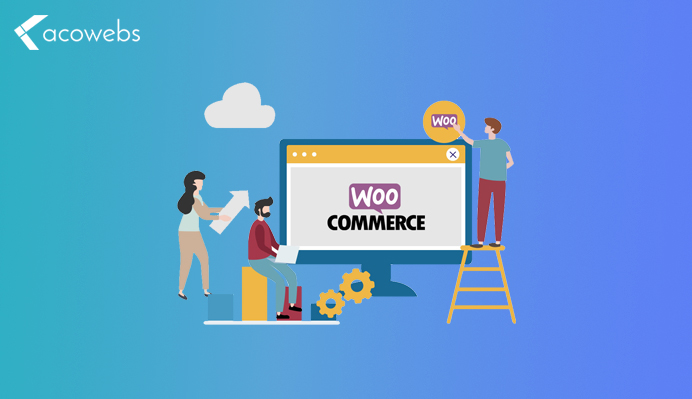
Traffic distribution might be difficult with these architecture methods, especially across the PHP app servers they use. This can be easily taken care of by implementing tools, such as Pound and Nginx, which are open source. There are even hardware tools such as F5 appliance or load balancers from cloud that can be used to manage these.
Managing Media
When WordPress is used, implementing functions to manage media, which would further help to network posts on the websites is a best example. There is an uploads section in WP-content, where media is placed. In order to horizontally scale WP, it is important to have media for the PHP app servers so that there is no pause. This can also be done with ease, in the presence of sources, such as Ceph, NFS or other cloud processes.
Themes and Plugin Analysis
Poorly coded themes and plugins can affect the performance of your online store. To scale your store, it is crucial to ensure that the plugins and themes are compatible and also check for regular updates. Efficiently coded themes and plugins improve the site’s speed and thus enhance user experience. Regular audits are necessary to identify any issues with the plugins that affect the performance quality.
Optimizing Database
Database optimization is another important factor that can help scale your online shop. Proper data indexing can improve data retrieval speed and, thus, load times. Database caching can also help speed up the loading time by caching the data in memory. Complex database queries can also slow down the performance hence, optimize the database queries for efficiency. Regular cleanup of the database is another way to upscale your woocommerce store and ensure a smooth performance.
How Consistent is the System
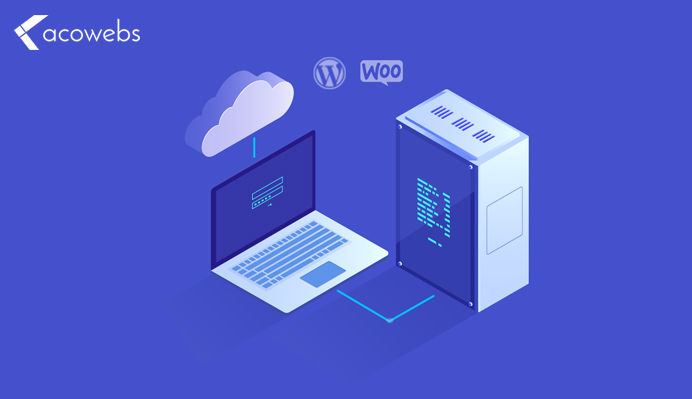
It is important to ensure that a consistency is maintained throughout the entire collection, when working on a single group. It is important that each layer exhibits the same kind of features, including configuration. This is to ensure that the flexibility is compliant throughout. In case of a proper strategy, it would lead to bugs or errors. What happens in case of an update? Be prepared to accommodate the new update on the app at any point of time. This requires you to give a lot of thought to these processes beforehand. All these challenges can be overridden when using systems or admins along with cloud tools.
My Accounts Page
A lot of performance optimization goes into this page. Customers reach this page checking for orders or related queries. So the calls are querying their history. This is taking place as other people are looking or trying to place order. Performance delays could be solved if these calls could be answered, which would transform the delays, resulting in greater scalability.
How to Deal with Caching for Other Pages?
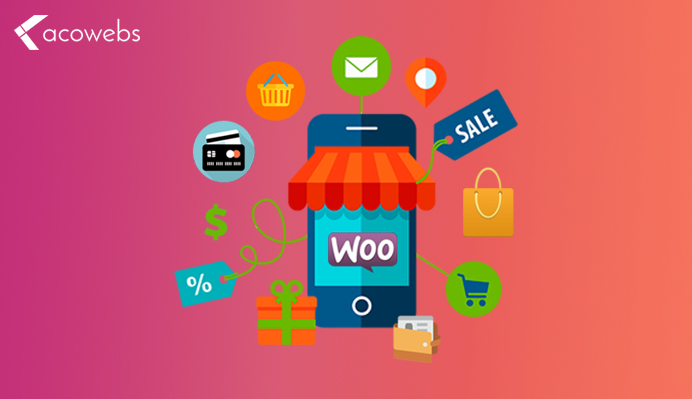
For e-commerce sites, developers happen to ignore caching. Many times, people happen to misconfigure things. This means that at the end, no caching has actually taken place. Majority of the site might happen to enjoy the advantage of a caching perspective, even if it was a hostile one. In case someone made changes to product definition, the catalog can be cached, where you would need to make certain updates. Rather than using WooCommerce to develop category pages, you have the liberty to create pages that you’d need and get rid of queries that arise here.
Think about it in terms of caching and restricting calls to queries, place importance on menus and examine ways to transform them into dynamicity.
Post-Store Browsing
What happens when someone completes a purchase? As store owners, most of us have this misconception that people leave the site after making a purchase. How to deal with it? Think it along the lines – they reach your site, buy and leave. Have they actually left?
When you made a purchase at some point of time, did you stay back for a while and started browsing again? Now, your customer has signed in. This indicates that there is no caching happening. So with every click or a page that they visit, it is leading to your database. What you have to do here is to ensure that once they make a purchase – you log them off. Now they can browse through the store (in a pre-cached format), without having to deal with any of the scaling concerns.
Table
In your post-meta table, you can find all the order data being placed by every order written in your database. As the query counts or volume increases, the table becomes fat and large. Here, you need to start considering order interceptions, which can be written down into a single and multi-column row. If you are not ready to do this, another option is to make a table change within the database, helping indexes perform better. This would help in creating a great impact.
Acowebs are developers of WooCommerce Discount Rules that will help you personalize your stores. It supports the additional option with feature-rich add-ons which are woocommerce product addons, that are lightweight and fast. You can easily update your store with these add-ons and enjoy a hassle-free experience, check out the best options for additional woocommerce custom product options.












 Login
Login
 Cart
Cart